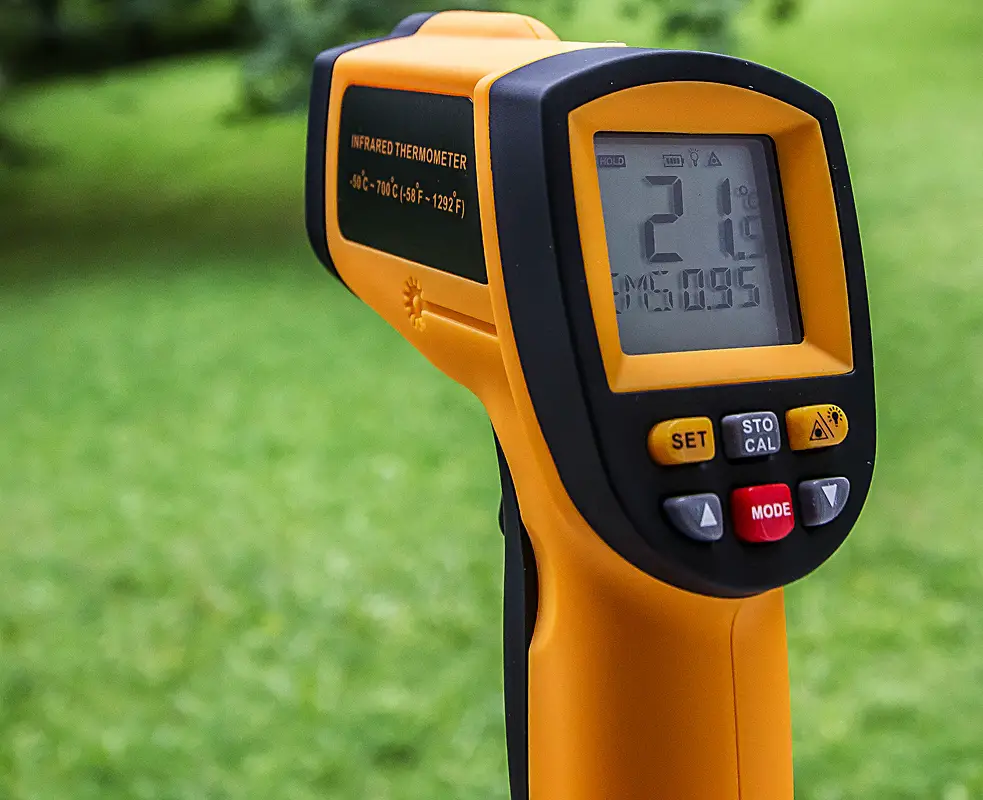A digital thermometer is a handy tool for accurate temperature measurement, but sometimes it may encounter issues that affect its readings. Fortunately, many common problems can be resolved by simply resetting the device. In this article, how to reset digital thermometer we will guide you through the process of resetting your digital thermometer, making troubleshooting easy and ensuring reliable temperature readings.
Understanding the Need for Resetting
Digital thermometers can experience various issues over time, such as displaying incorrect readings, freezing on a particular temperature, or not turning on at all. Resetting the thermometer clears any temporary glitches or malfunctions, restoring it to its default settings and often resolving these problems.
Identifying the Reset Method
Before attempting to reset your digital thermometer, refer to the user manual or manufacturer’s guidelines to identify the specific reset method for your device. Different thermometer models may have unique reset procedures, so it’s crucial to follow the correct steps to avoid further complications.
Powering Off and On
A simple yet effective way to reset many digital thermometers is by powering off the device and then turning it back on. This basic reset action can refresh the thermometer’s internal components and clear any temporary errors.
Removing and Reinserting Batteries
If your digital thermometer is powered by batteries, removing the batteries and reinserting them after a short interval can serve as a reset mechanism. This action allows the device to recalibrate and often resolves minor issues related to power or connectivity.
Factory Reset Option
Some digital thermometers may offer a factory reset option, which allows users to restore the thermometer to its original factory settings. This comprehensive reset can be a helpful solution for more complex issues that persist even after basic troubleshooting.
Calibrating the Thermometer
In some cases, inaccurate readings may be caused by calibration errors. Resetting the thermometer may involve a calibration process to ensure precise temperature measurements. Refer to the user manual for step-by-step instructions on calibrating your specific thermometer model.
Checking for Firmware Updates
Certain digital thermometers can be connected to computers or smartphones for firmware updates. Ensuring that your thermometer’s firmware is up to date can prevent potential issues and enhance performance.
Seeking Professional Assistance
If resetting your digital thermometer does not resolve the problem or if you encounter any technical difficulties, it’s advisable to seek professional assistance. Contact the manufacturer’s customer support or consult a qualified technician for further troubleshooting and guidance.
See Also: https://thermometerguru.com/
Keeping Your Digital Thermometer Clean and Maintained
Regular maintenance and proper care of your digital thermometer can minimize the occurrence of issues that require resetting. Clean the thermometer as recommended in the user manual, and store it in a dry and dust-free environment to maintain its optimal performance.
Conclusion:
Resetting your digital thermometer can be a straightforward and effective way to troubleshoot common issues and ensure accurate temperature measurements. By following the appropriate reset method for your specific device, you can resolve minor glitches and maintain the reliability of your thermometer. In cases of persistent problems or complex issues, professional assistance is recommended to identify and address underlying technical concerns. Remember to keep your digital thermometer clean and well-maintained to enjoy consistent and precise temperature readings whenever you need them.

